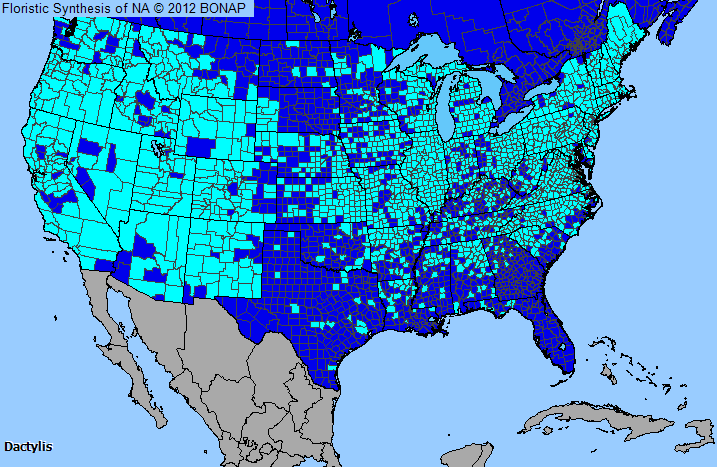
Plant Allergy Overview
Allergenicity
Severe
Pollen Season
Spring to Fall
Type
Grass
Sub-Type
Perennial
Allergy Information
This is one of the more significant grass types in terms of allergy. It is a major cause of hayfever in early summer in combination with Kentucky bluegrass or June grass.
Genus Details
Orchard grass is a tall perennial that reaches 3 to 4 feet in height with flat leaves that are 4 to 17 inches in length. The open or spreading flowering structures are composed of smaller seed heads or spikes. Orchard grass is native to Eurasia and is widely established in the U.S. on moist soils with partial shade. It is a common forage crop and used as a ground cover under orchard trees. This grass produces abundant pollen during May and June. The grass should be cut or grazed early in the growing season to reduce flowering and pollen shed.
Pollen Description
Grains are spheroidal to ovoidal, sometimes elliptical. The exine is thin and the surface is granular to finely reticuloid. Poaceae apertures are 1-porate, with the pores usually circular to ovoidal.
Grains are 22-122 micrometers in diameter.
Genus Distribution

The shaded areas on the map indicates where the genus has been observed in the United States.
 - Native, observed in a county
- Native, observed in a county  - Introduced, observed in a county
- Introduced, observed in a county  - Rarely observed
- Rarely observedSpecies in Orchard Grass Genus
Allergens & Plants Search
Enter a full or partial species name to find more information on one of over 1,200 potentially allergenic plants.
For example, you can find chenopods searching on "cheno"

